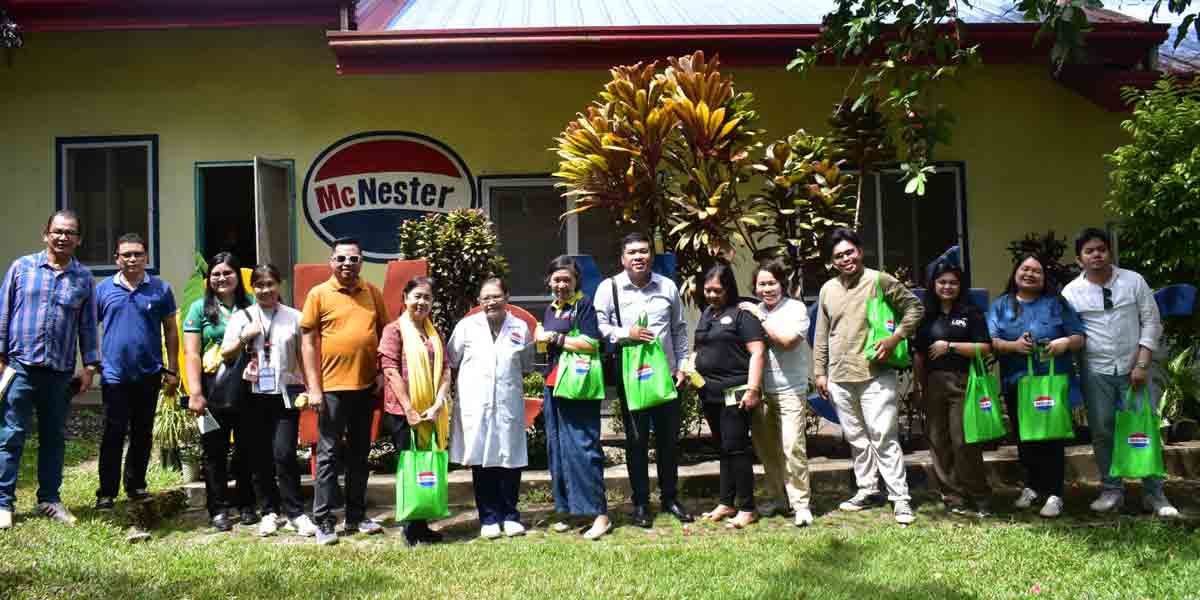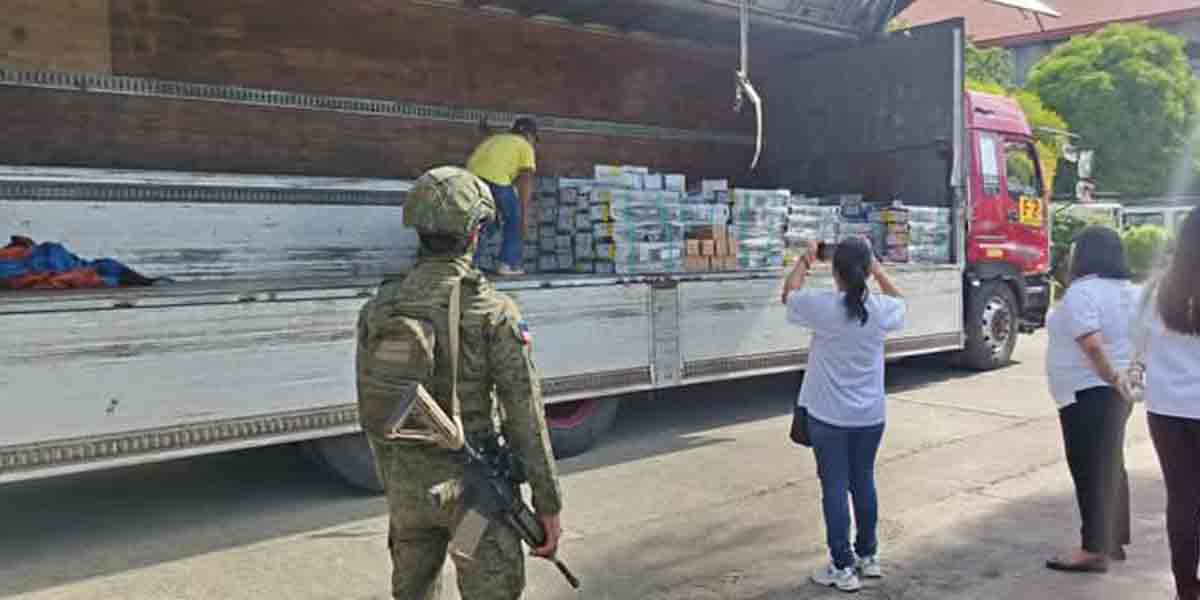
By Berniemack Arellano
(This was first published in https://habagatcentral.blogspot.com. Reprinted with permission from the author)
In 1918, the world was gripped with the Influenza Pandemic, also known as the “Spanish Flu.” Before COVID-19 became the “next big thing,” this pandemic was said to have affected one-third of the world’s population, or around 500 million people. (Centers for Disease Control and Prevention, 2019). It was caused by the H1N1 virus which also wreaked havoc in 2009 albeit a new strain. It struck the world at the height of World War I which exacerbated the spread. The Philippines was not spared by this disease.
Before COVID-19 came to be, we have already encountered historical literature about the 1918-1919 Pandemic which most of its accounts are with the West. What happened in the Philippines? Fortunately, we were able to read Prof. Francis Gealogo’s journal article, “The Philippines in the World of the Influenza Pandemic of 1918–1919” published in 2009 by Ateneo de Manila University. It gave us an overview of the events, how the disease spread, what provinces were struck badly, the trends, the policies, the politics, and how quarantine was made happened when the Philippines was struck by the said pandemic during the occupation of the United States.
From his study, we were able to create a visual geographic representation on which provinces in the country was badly affected by the said pandemic. Surprisingly, it is not in the core zone (primate city like Manila) but other port cities with provinces.
We will only be highlighting some of the points of the said study in relation to its geographic spread.
PHILIPPINES’ MOST AFFECTED
Reading through the statistics that was provided by the Insular Government at that time, the Top 10 Provinces with the Highest Death Rates per 100,000 people were (rounded off) (Philippine Islands Census Office, 1920-1921):
- Pangasinan (83 persons per 100,000)
- Iloilo (55 persons per 100,000)
- Leyte (53 persons per 100,000)
- Negros Occidental (45 persons per 100,000)
- Cebu (43 persons per 100,000)
- Samar (41 persons per 100,000)
- Pampanga (36 persons per 100,000)
- Albay (33 persons per 100,000)
- Nueva Ecija (29 persons per 100,000)
- Antique (29 persons per 100,000)
Interestingly, the City of Manila had seven (7) people dead per 100,000, which is quite low compared to the provinces mentioned. However, it has something to do with the behavior of the said pandemic at that time which occurred in waves, with the second one more virulent and fatal than the first one.
However, some provinces reported a few to no cases in relation to the influenza pandemic, particularly in the Cordilleras and some parts of Mindanao. Gealogo advised readers that the data presented at that time may have been a case of “under renumeration and underreporting,” rather than no cases at all. (Gealogo, 2009, pp. 275-276) If we are to add a theory, perhaps the ruggedness of the landscape and the relative isolation of these areas may have been a factor of either underreporting or the low spread of the said disease.
WAVES: CORE FIRST THEN THE PERIPHERIES LATER
One of the interesting features of this pandemic is its occurrence in waves, with the first one occurred from May to July.
Gealogo mentioned in his study that the spread of the disease was like that of our neighbors in Southeast Asia, particularly Indonesia. (Gealogo, 2009, pp. 272-273) The “first wave” struck the so-called “Core Zones” where the primate or capital cities like Batavia (modern-day Jakarta) and Manila are located. The first cases were recorded in Manila, particularly at the docks that started sometime in June and the second one at October, which would be more severe. Manila and its surrounding areas would suffer the most in the first wave of the pandemic. (Gealogo, 2009, p. 275)
The second wave, also known as the “Fall Wave,” started sometime in October. While Manila and its neighboring areas were struck again by the pandemic, it is on the secondary areas that suffered bigger number of fatalities. Philippines during the American Colonial Era had ports opened to international trade, not only in Manila but several areas such as Iloilo (along with Negros Occidental), Cebu, Sual in Pangasinan, Legazpi in Albay, Zamboanga, and Sual in Pangasinan. Inter-island shipping was the fastest way to travel from one province to another during the American colonial times.
It is also noted that during those times, we have a railroad network that spans from Manila to Dagupan through Central Luzon.
Gealogo stated that:
-Manila and its surrounding areas were hit by the First Wave and the people may have possibly developed immunity towards it when the second wave hit the country later, citing the report of John Long and Vicente de Jesus in 1919.
-The pattern of spread of contagion in the Philippines was like that of Indonesia’s. The milder first wave struck Java and western Indonesia first, then when the second and more severe wave was hit, almost all of the islands, especially the eastern archipelago such as Sulawesi, were devastated, citing the report of Colin Brown in 1987.
This short map explainer is just part of Gealogo’s work as a supplement to the map we have created. It has brought insight on how our ancestors dealt with the world’s greatest pandemic before COVID-19. His article that was published in Ateneo de Manila’s Philippine Studies Journal is highly recommended to read during these times.
However, there are some certain questions that may need further study such as how it spread, its speed, its means, and why some provinces were left having more casualties than the other ones? What were the personal experiences of our ancestors? We advise that folks read his work on how the government responded as well: quarantines too were instituted, and it has its own set of politics back then as well at the background of Filipinization movement at that time of colonial rule.
Perhaps 50 to 100 years from now, our children or grandchildren may look back on how COVID-19 spread out in our country, and in the world.
References
Brown, C. (1987). The influenza pandemic of 1918 in Indonesia. In N. Owen, Death and disease in Southeast Asia: Explorations in social, medical and demographic history (pp. 235–56). Singapore: Oxford University Press.
Census Office of the Philippine Islands. (1921). Census of the Philippine Islands, Vol. II (1918). Manila: Bureau of Printing.
Centers for Disease Control and Prevention. (2019, March 20). Centers for Disease Control and Prevention. Retrieved from 1918 Pandemic (H1N1 Virus): https://www.cdc.gov/flu/pandemic-resources/1918-pandemic-h1n1.html
Gealogo, F. A. (2009). The Philippines in the World of the Influenza Pandemic of 1918-1919. Philippine Studies 57, No. 2, 261-292.
Long, J. D., & de Jesus, V. (1919). Report of the Philippine Public Health Service fiscal year 1918. Manila: Bureau of Printing.
Philippine Islands Census Office. (1920-1921). Census of the Philippine Islands, Vol. 2. Manila: Bureau of Printing.
Richard, S., Sugaya, N., Simonsen, L., Miller, M., & Viboud, C. (2009). A Comparative Study of the 1918-1920 Influenza Pandemic in Japan, USA and UK:Mortality Impact and Implications for Pandemic Planning. Epidemiology and Infection, Vol. 137, No. 8, 1062-1072.
























